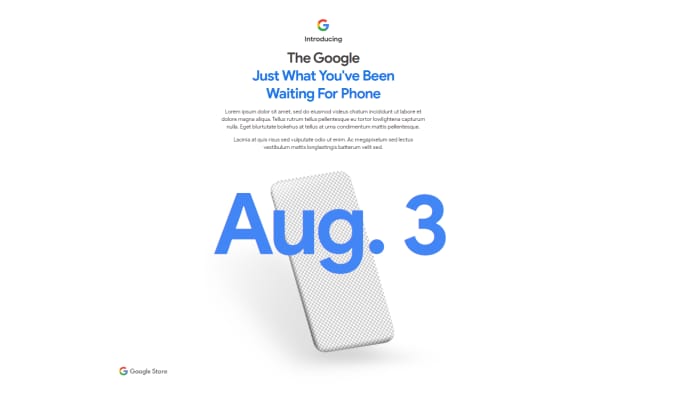Intro
Contents
Last year, we reviewed the Pixel 3 XL and Pixel 3a some time ago. We were impressed by Google’s computational photography. With a single camera, it is capable of providing picture quality that is on par with those that require 2 or 3 cameras. This is especially in night photography. In fact, it even win a DXOmark score of 102.

Last week, Google officially unveiled the Pixel 4 and 4 XL smartphone. This 4th generation of Pixel smartphone now comes with a more powerful processor and improvements in software not only in photograhy but in usability.
One of the most notable difference between the Pixel 3 and Pixel 4 is the missing fingerprint scanner at the back of Pixel 3. Pixel 4 replaced it with face unlock.
The Pixel 4 (5.7″) is slightly larger than the Pixel 3 (5.5″). Both has a 444 ppi and 443 ppi HDR supported 19:9 / 18:9 screen. The Pixel 4 and 4 XL both supports smooth display of up to 90 Hz.
Both Pixel 4 and 4 XL supports both wireless charging and has a battary capacity of 2800 mAh and 3430 mAh. The Pixel 4 battery is smaller than the Pixel 3 at 2915 mAh.
Both Pixel 4 and 4 XL has 6 GB of RAM and comes with unlimited high quality photo storage at Google Photos. It is both powered by Snapdragon 855. The Pixel 3 series has 4 GB of RAM and is powered by Snapdragon 845.
Camera wise it has a 12.2 MP f/1.7 OIS+EIS rear with audo focus and dual pixel Phase detection 1.4um pixel width, a 16 MP f/2.4 telephoto camera OIS+EIS 1.22um pixel width.
Some of the camera features Group Selfie Cam, Night Sight, Top Shot, Portrait mode, Super Res Zoom, Motion Auto-Focus, HDR+, Frequent faces, Dual exposure controls, Motion Sense. The last two camera features are new to Pixl 4/4XL and enhancements are made to features like Night Sight, Potrait Mode, Super Res ZOOM, HDR+.
The smartphone is powered by Android 10 out of the box. It has dual stereo speakers and comes with USB-C audio.
A comparison chart between the Pixels can be found here.
On the next page, we check out the performance of the phone before we go investigate the photography features.




